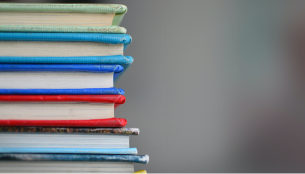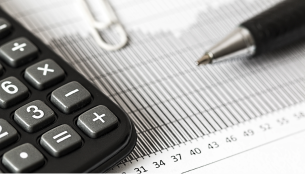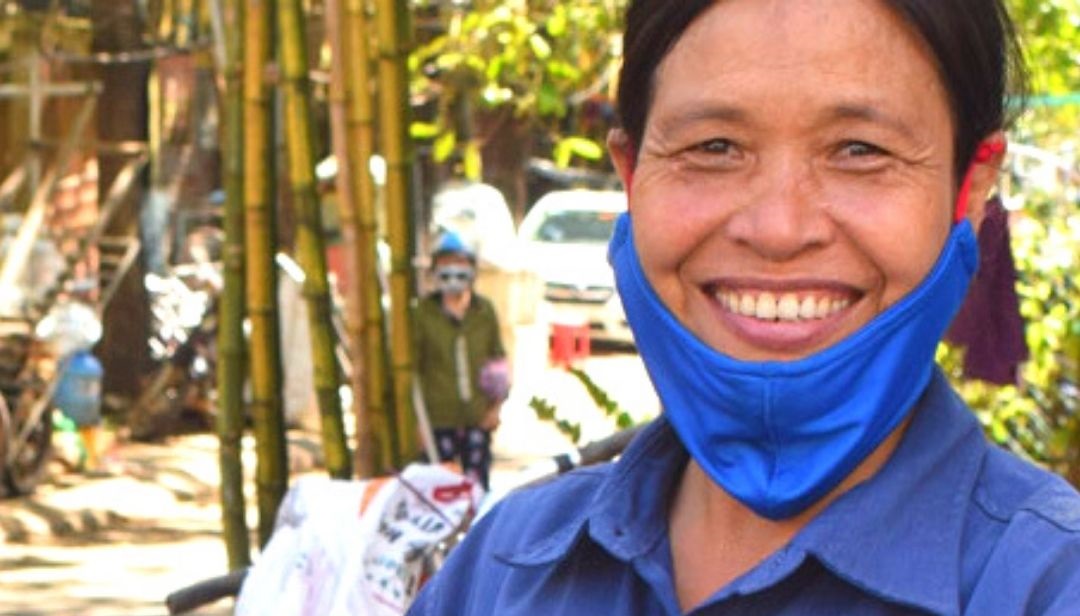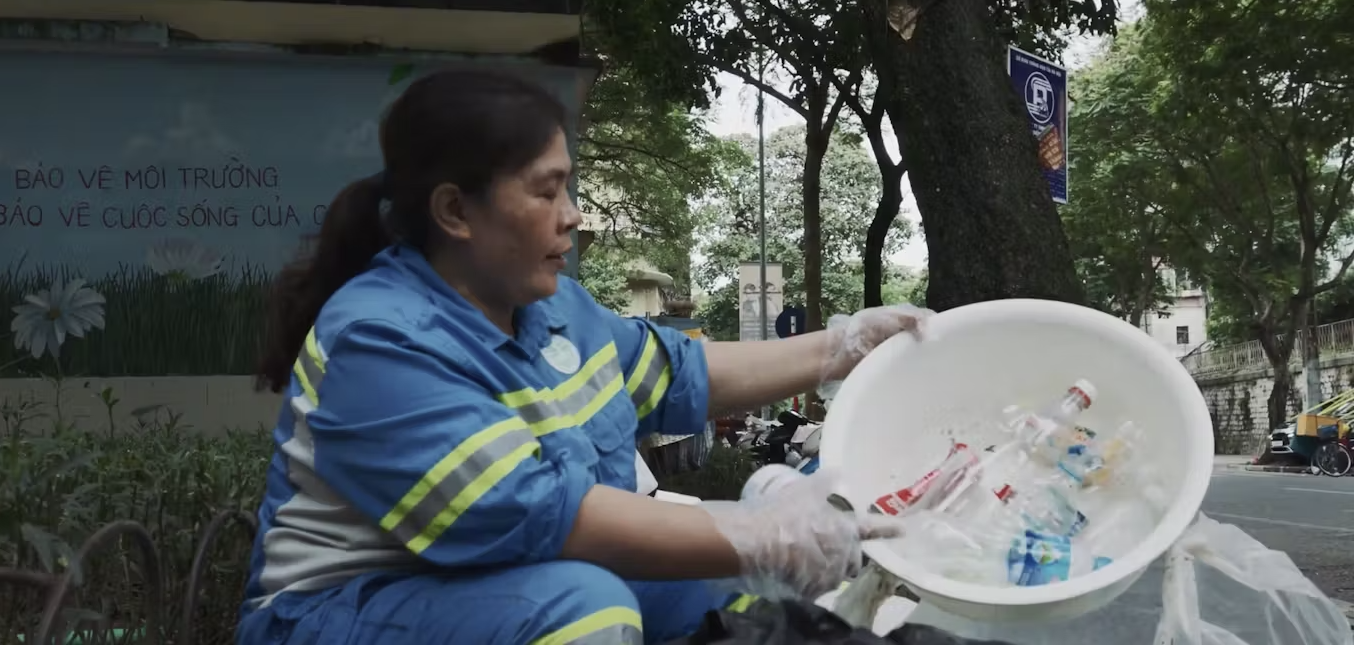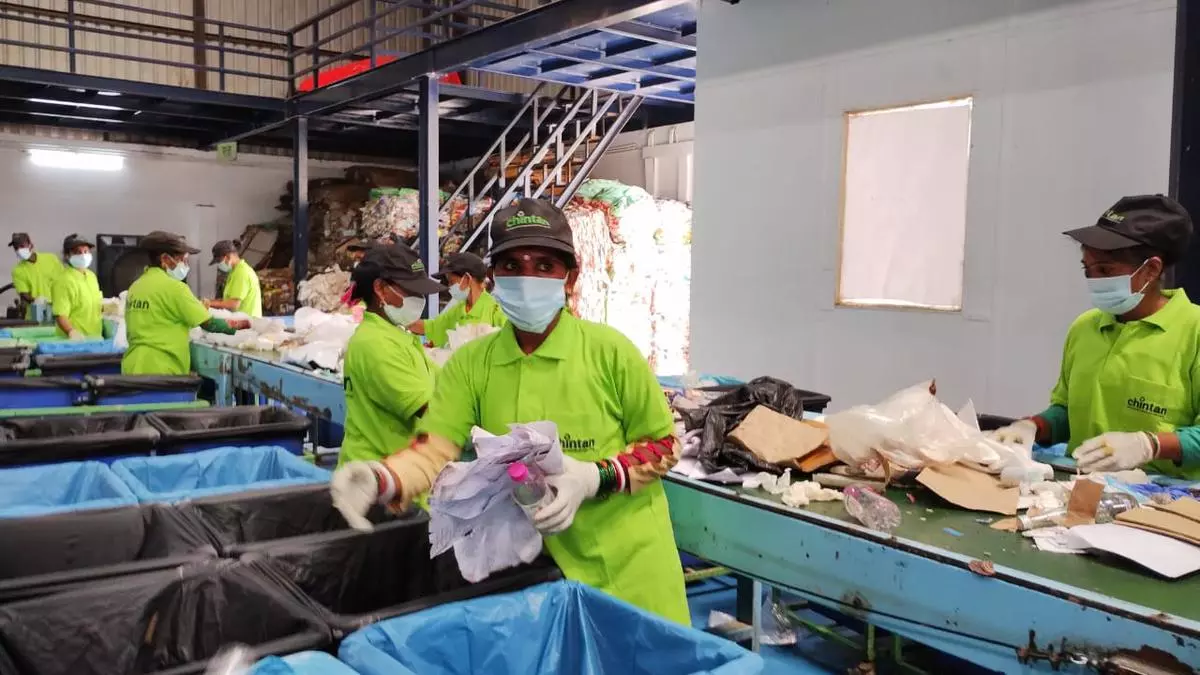June 5 is Environment Day, which was established by the United Nations Conference on Human Environment to pledge joint efforts for the global environment. To mark this year’s Environment Day, Samsung Electronics has opened a special space that highlights its company-wide efforts to protect the global environment.
The “EveryONE” lounge, a permanent eco-friendly exhibition space at Samsung Electronics’ Suwon site, is a place where executives and employees can participate in unison so that Samsung Electronics can realize its vision of contributing to the creation of a sustainable future by actively implementing eco-friendly activities with customers. Samsung Electronics announced its “New Environmental Management Strategy” last year and is carrying out various activities in all businesses and product lines to achieve this goal. The EveryONE Lounge introduced 11 eco-friendly activities by product life cycle (material-production-transport-use-recycling).
As the space was created to share and implement the company’s eco-friendly vision with more executives and employees, cooperation with various departments and participation of executives and employees were also actively carried out. In particular, the “Circular Economic Research Institute,” which was established to realize a circular economy throughout the product life cycle by developing recycled materials, added meaning.
Samsung Electronics’ newsroom met with executives and employees who created the EveryONE Lounge and talked deeply about Samsung Electronics’ eco-friendly efforts.
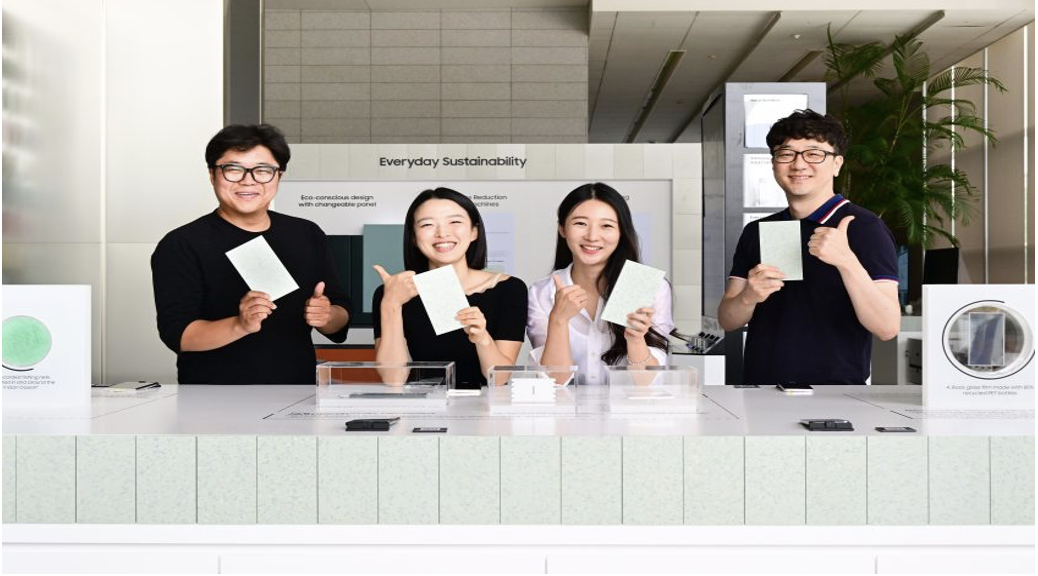
A medium for realizing eco-friendly vision, the birthplace of the “EveryONE” lounge.
EveryONE Lounge shows the sincerity of Samsung Electronics executives and employees about the eco-friendliness. Pro Park Min-young, who planned the exhibition, said, “Our company has consistently spread eco-friendly visions and specific efforts inside and outside last year when announcing the new environmental management strategy,” and introduced the purpose of the exhibition, “This vision was planned to have real meaning when executives and employees work together to empathize and realize it, and it was released on the occasion of Environment Day.”
He added, “Beginning with this space, we also aim to play the role of a medium so that executives and employees can sincerely participate in small things and continue eco-friendly activities.”
As one of the important purposes of this space is the “sympathy” and “congratulations” of executives and employees, it is also noteworthy that the active participation and various collaborations of executives and employees have taken place from the planning stage to the opening of the exhibition hall.

▲ Art wall and furniture made from the front of the exhibition hall (left) and the lid of waste pet bottles collected by 1,136 executives and employees for three weeks in May (right)
“After a long period of consideration on how to deliver our company’s active eco-friendly efforts at various global exhibitions to executives and employees, we came up with a campaign to collect plastic bottle caps that all executives and employees can participate in,” pro-Park Min-young said. “A total of 1,136 executives and employees participated and collected bottle caps were used to produce furniture and furniture in the exhibition hall through the recycling process.”
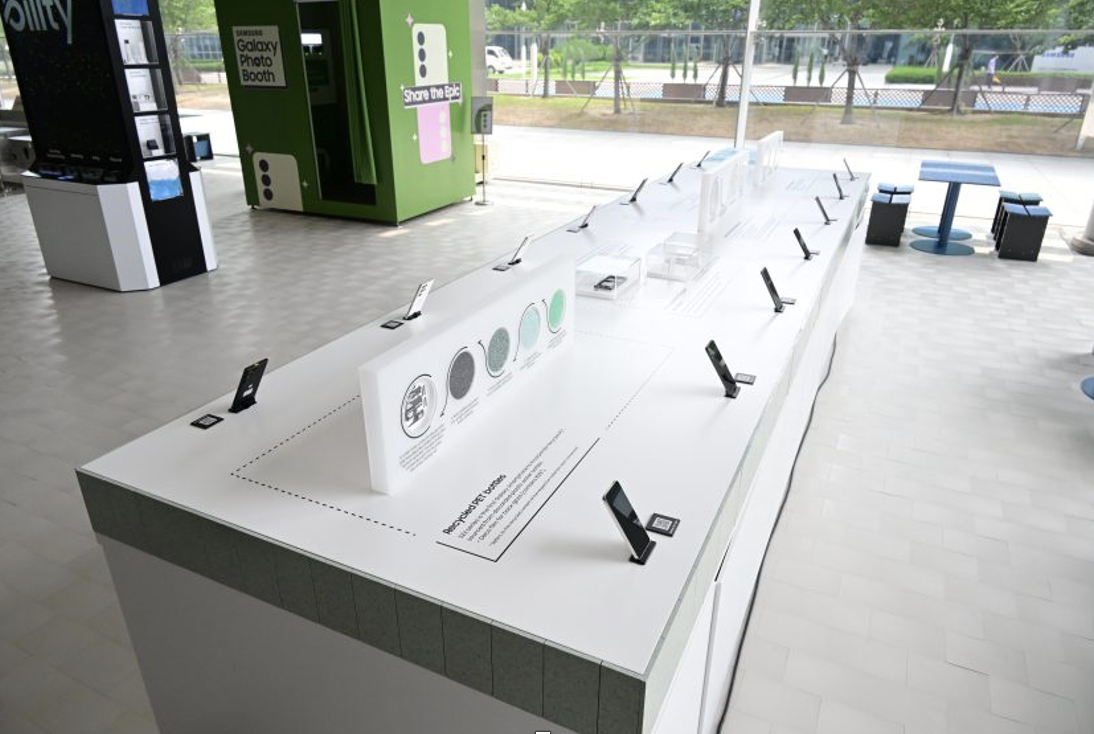
▲ Flooring and table frames with Styrofoam recycled material ‘r-ABS’ developed by the Circulation Economy Research Institute
In addition, the “Circular Economic Research Institute” has highlighted the meaning of the exhibition space. “As it is an eco-friendly exhibition, we collaborated with the Circular Economic Research Institute, which was established in the company last year, with the idea that the materials that make up the exhibition should be environmentally friendly,” said Park Min-young.
Recently, the Korea Cyclic Economic Research Institute developed a technology to collect waste Styrofoam generated during the installation of products and produce it into recycled materials (r-ABS) in cooperation with Lotte Chemical and applied this material to the floor of the exhibition hall and exhibition tables.
“We call ourselves junk shops.” The Institute for Circular Economy’s Fierce Efforts to Realize a Circular Economy
The “Circular Economic Research Institute” with this exhibition was established to develop recycled materials and build a resource circulation ecosystem after Samsung Electronics announced its new environmental management strategy last year. Kim Bum-soo, a pro at the Circular Economic Research Institute, said, “I am happy to have the opportunity to show the purpose of establishing the research institute,” and first expressed his thoughts on participating in the exhibition.
Prof. Kim Bum-soo explained the background of the institute’s establishment, saying, “In order for the circular economy to be realized throughout the entire life cycle of the product, it is essential to apply recycled materials from the production stage, so it is necessary to preemptively develop recycled materials for each raw material currently used.”
In addition, he added, “We are also building a roadmap to discover recycled materials that can be applied to products from all generated waste and apply these materials to products.”
Yang Kyung-mo, head of the Institute for Circular Economy, said, “We collected all the raw materials we use for the development of recycled materials and worked to understand the characteristics of the raw materials first.” He said, “In this process, we collected a variety of wastes that we could call ourselves ‘junkers’ by collaborating with recycling companies and external organizations.” Regarding the reason, he replied, “In order to build a recycling ecosystem well, the process of selecting waste with high recycling potential is the most important.”
Finally, he expressed his desire to contribute to building a circular economy ecosystem. “The Institute for Circular Economy is currently conducting heated research on how to recycle waste that ends up in landfill due to lack of technology or economic feasibility, and the development of recycled materials using waste Styrofoam is only part of the efforts,” he said.
He also said, “We hope that efforts to create a circular economy ecosystem will spread throughout the industry by effectively collecting waste and developing eco-friendly recycling methods through cooperation with various companies and institutions in the future.”
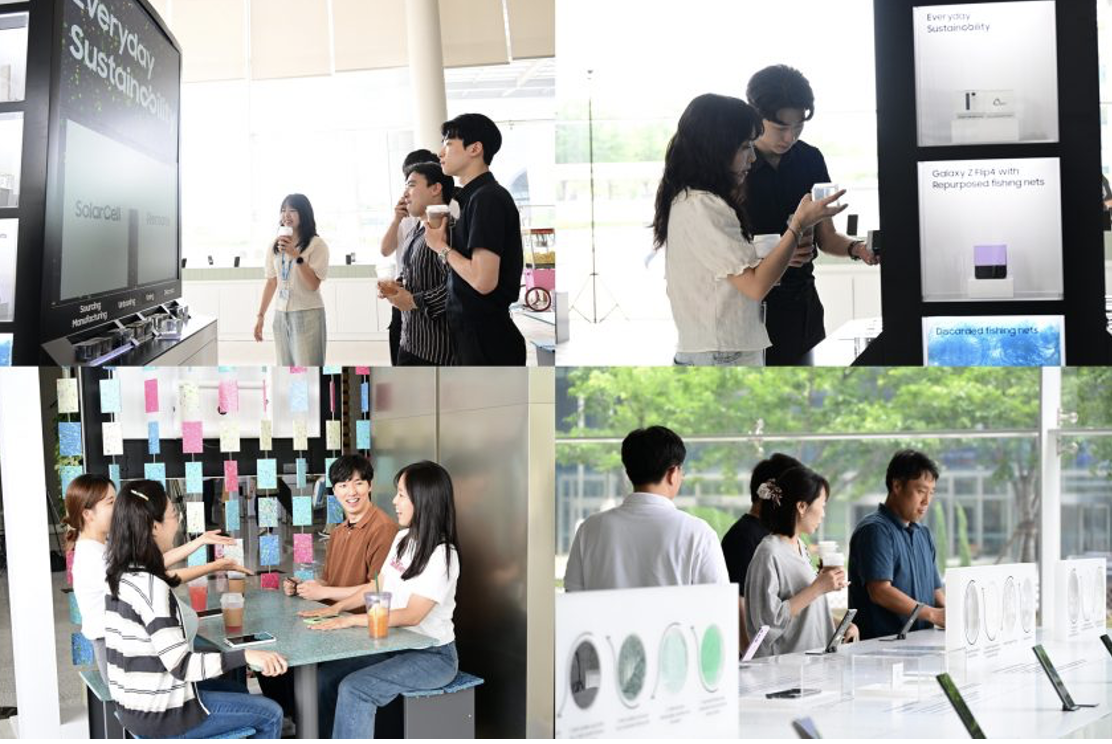
▲ Employees and executives are enjoying various places in the exhibition hall. They are chatting at a table made of plastic bottle caps they collected and watching a cube video exhibition where they can meet Samsung Electronics’ eco-friendly activities.
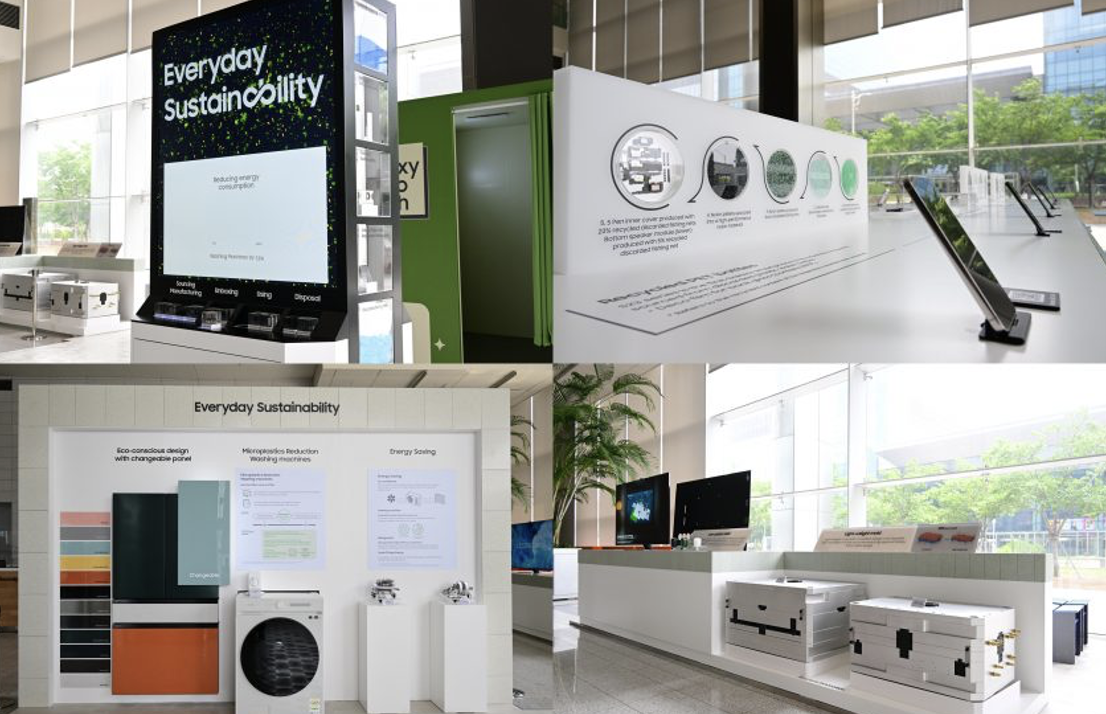
▲ In the “EveryONE” lounge, you can see various eco-friendly efforts for each product, including recycled materials used in Galaxy S23 series parts, microplastic reduction technology using “eco-bubble,” microplastic reduction filters, and TV rear covers with low-carbon plastic
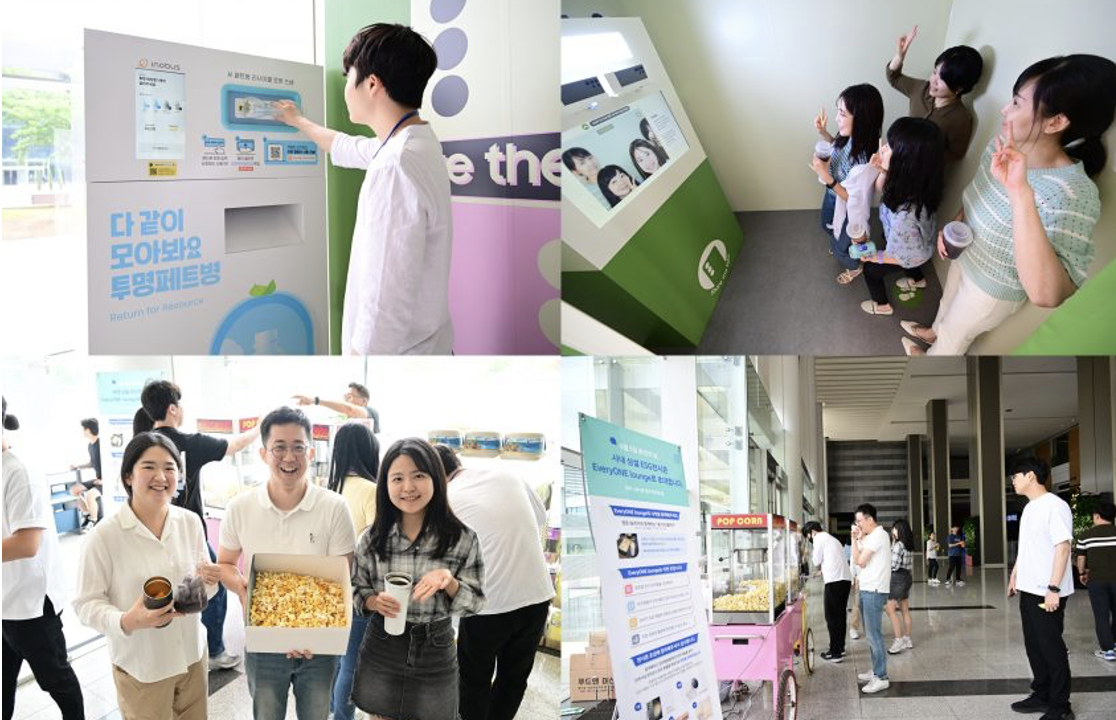
▲ In commemoration of its opening, the “Inside the Container” challenge was held in the “EveryONE” lounge, where popcorn and drinks were given to individuals who brought multiple containers. In addition, various programs such as collecting waste pet bottles and photo booths were also prepared.
You can find the original article in Korean here




